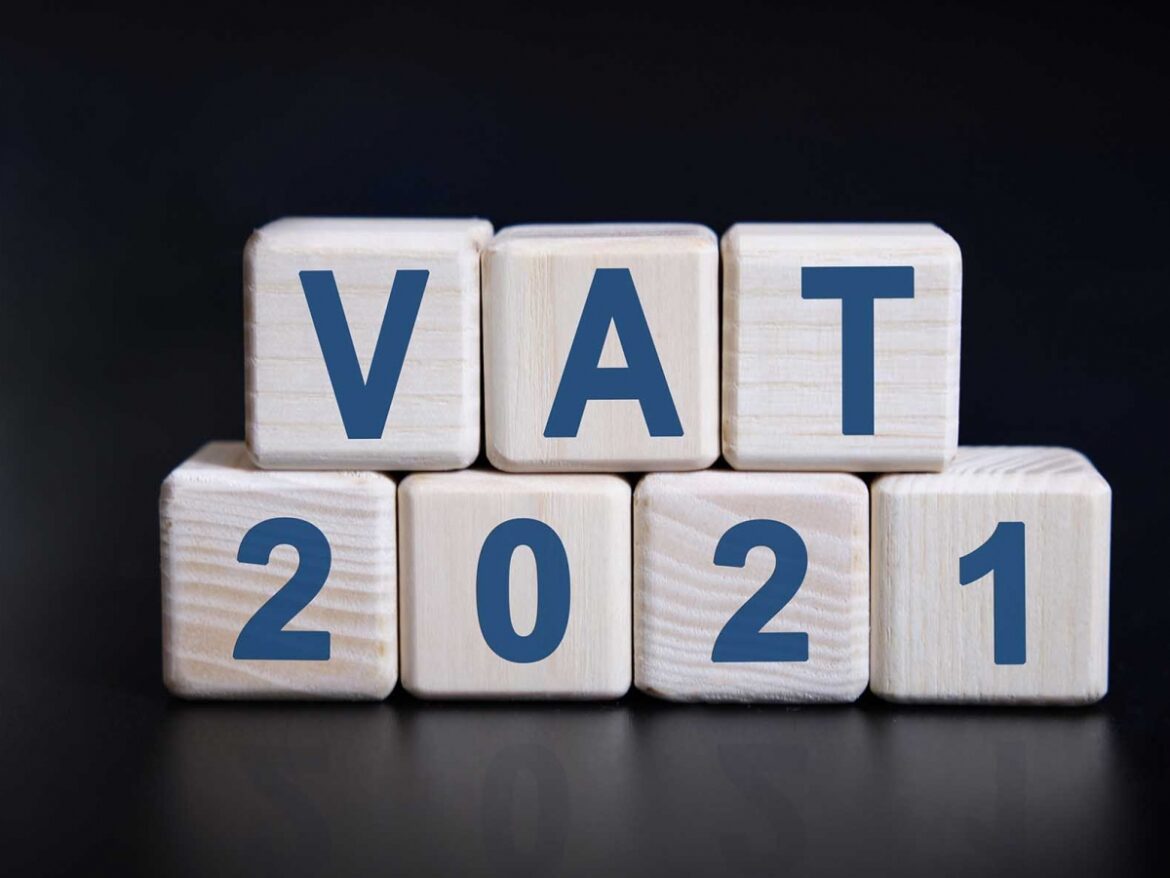What Is an IVA?

An IVA is a legally binding agreement between you and your creditors. Once you have signed the agreement, you will have a fixed period of around 60 months during which you will make your monthly repayments. During this time, your creditors will be unable to add any more interest to your debt. After you have signed your agreement, your creditors cannot contact you anymore – including calling you to request more time to pay off your debt. An IVA will also remain on your credit report for six years.
There are two types of IVAs: company and individual. The individual voluntary arrangement is governed by Part VIII of the Insolvency Act 1986. It is generally designed to protect the interests of unsecured creditors, leaving the rights of secured creditors unaffected. There are a number of advantages to an IVA, namely that the arrangement is flexible and can take into account other sources of income and capital, including third-party payments. A company can also use this type of arrangement to reduce its debt.
An IVA is a good option for people who want to avoid bankruptcy. If you can’t afford to pay your debts in full, an IVA may be the best option. It helps you pay off your debts in a manageable amount, and it will protect you from further action from creditors. Aside from this, an IVA can result in some of your debts being written off.
An IVA is an agreement between you and your creditors that freezes interest on your unsecured debts and allows you to pay them with affordable monthly instalments. Once the agreement is completed, the creditors cannot take any further action against you or sue you. The process will also help you avoid any negative consequences if you follow the terms of the agreement.
There are some significant differences between the two types of IVA tax. The first is the fact that VAT is a tax on consumption. It will apply to purchases of goods and services in Mexico, and it will be based on the Free on Board (FOB) price. This price includes freight charges, insurance, and duties. The second type of IVA tax is called the Special Excise Tax on Production and Services. It applies to goods and supplies that are used for business-to-business and business-to-consumer transactions. The rate of this tax will vary depending on the alcohol content in the goods.
Another type of IVA is a debt solution called an individual voluntary arrangement (IVA). It is a legal contract between you and your creditors. It is a way to pay back your debts over a longer period of time, reducing the amount owed to your creditors. Unlike bankruptcy, an IVA gives you more control of your finances. A debt specialist will work with you to determine how much you can afford to repay each month and how long you can afford it.
Another difference between an IVA and a bankruptcy is that an IVA is legally binding between the debtor and his or her creditors. The debtor must not cancel the agreement – if they do, they could face heavy penalties. To make the IVA legally binding, you must hire an insolvency practitioner to help you with the process. You will pay a fee to the practitioner upfront and monthly for overseeing it.
What Is an IVA? was first seen on Debt Worries
